To drive a TVR Griffith today is to experience that moment in your time machine when your hand slips on the lever and accidentally transports you back farther than you intended to go.
I know this car was built this century and, from its number plate, so do you. But that’s not how it feels. It doesn’t even feel like a child of the late 20th century, despite its design dating from the early 1990s. The ’80s? Nope. The ’70s, then? Try again. This car might have the look and performance of a reasonably recent sports car, but its heart and soul seem to have been wrought in the 1960s.
So why didn’t we say so at the time? Well, we all know humans who bear their years spectacularly well and those that do not, so why not cars? Truth is, the Griffith is no longer a snarling, edgy sports car with quasi-supercar performance. Now it’s just a nice old thing, a favourite uncle who’ll sit you down by the fire, hand you a glass of scotch and tell you how it used to be.

To me, at least, the fact that a Griffith feels like a 1960s throwback is a perhaps unexpected but nevertheless entirely welcome turn of events. Any car spared the slow slip into oblivion goes through a cycle that progresses roughly from new and desirable to secondhand and affordable, and then from pointless old shed to appreciated and appreciating classic. Cars need time for their inadequacies relative to modern machinery to count for less than that charm inherent in all old things of power and beauty that were desirable when they were new. And some need more time than others.
And whatever its failings, power and beauty the old Griffith can do. Indeed, it’s here to represent the very best of its brand – the car that best captures all that we’ve always wanted TVRs to be. Earlier cars were uglier, slower and less able; more modern ones were too truculent and difficult to drive and own. The Griffith was the high point, the ultimate development of the charmingly simple philosophy that had been core to the appeal of all TVRs made before it and which would forever after be eroded by the more exciting and dramatic but less reliable TVRs that followed.

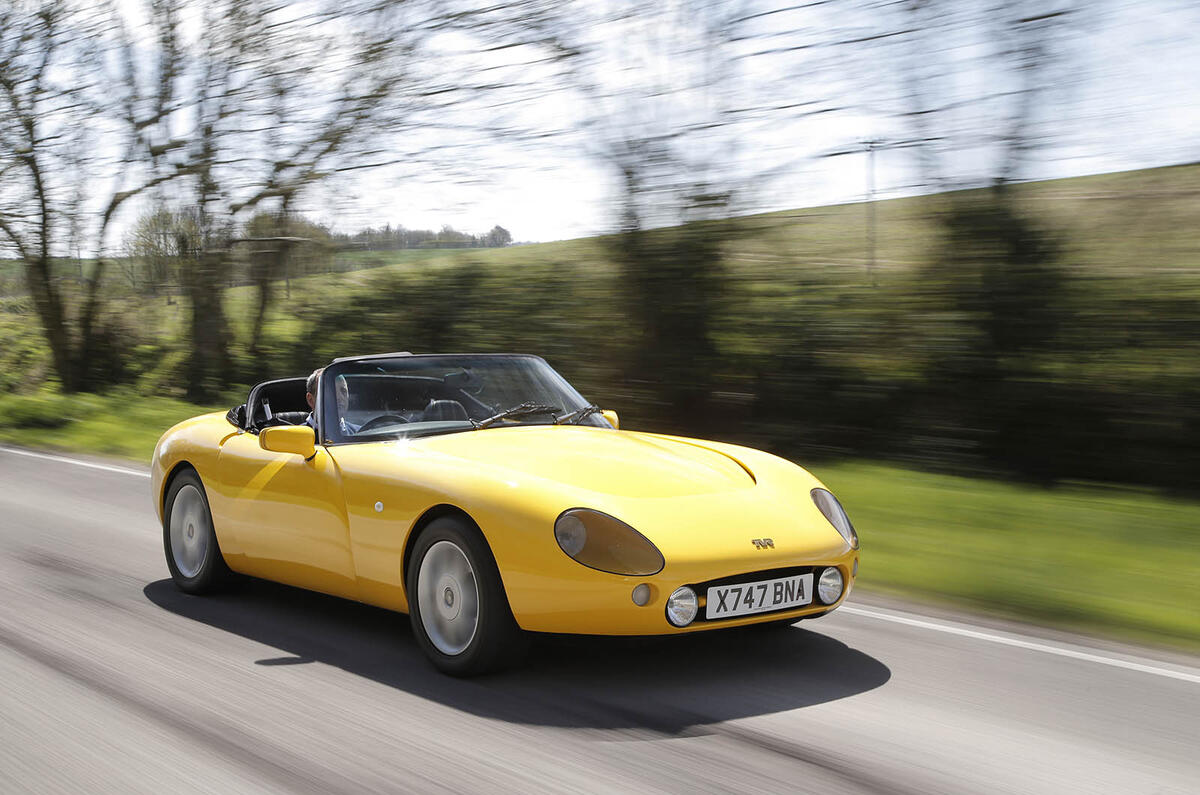
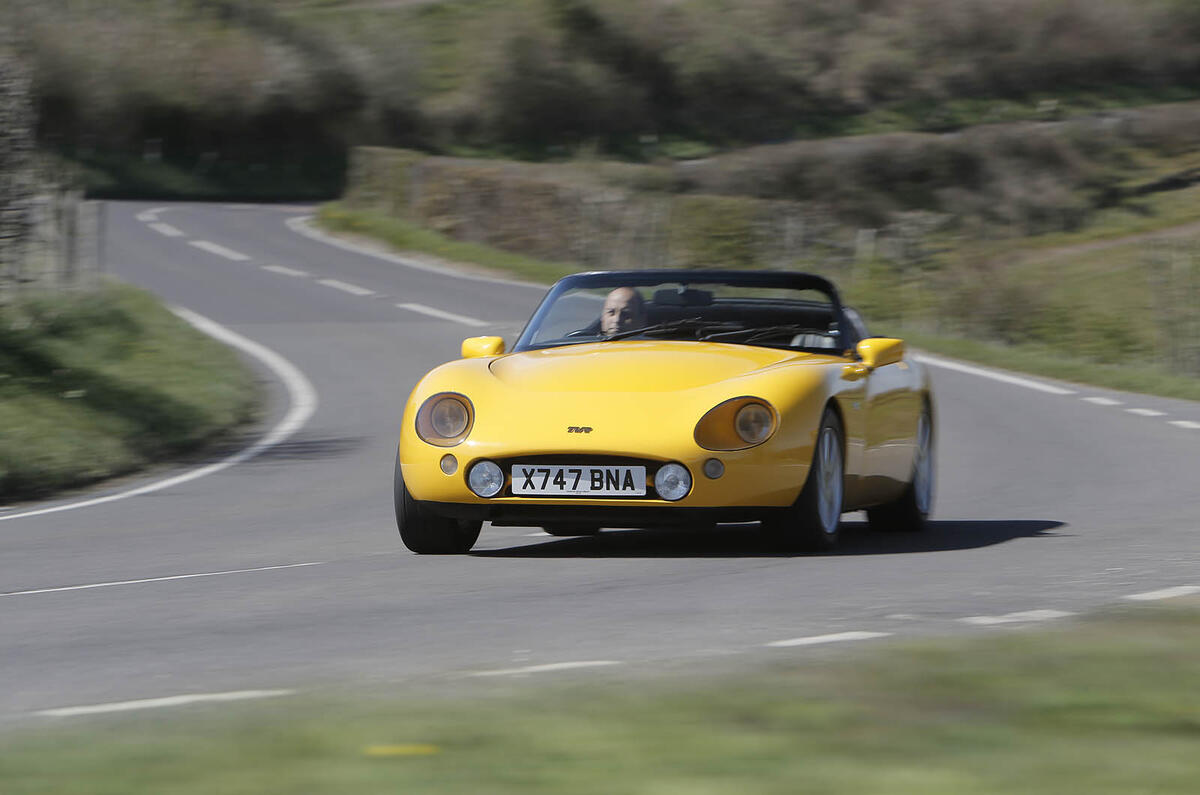
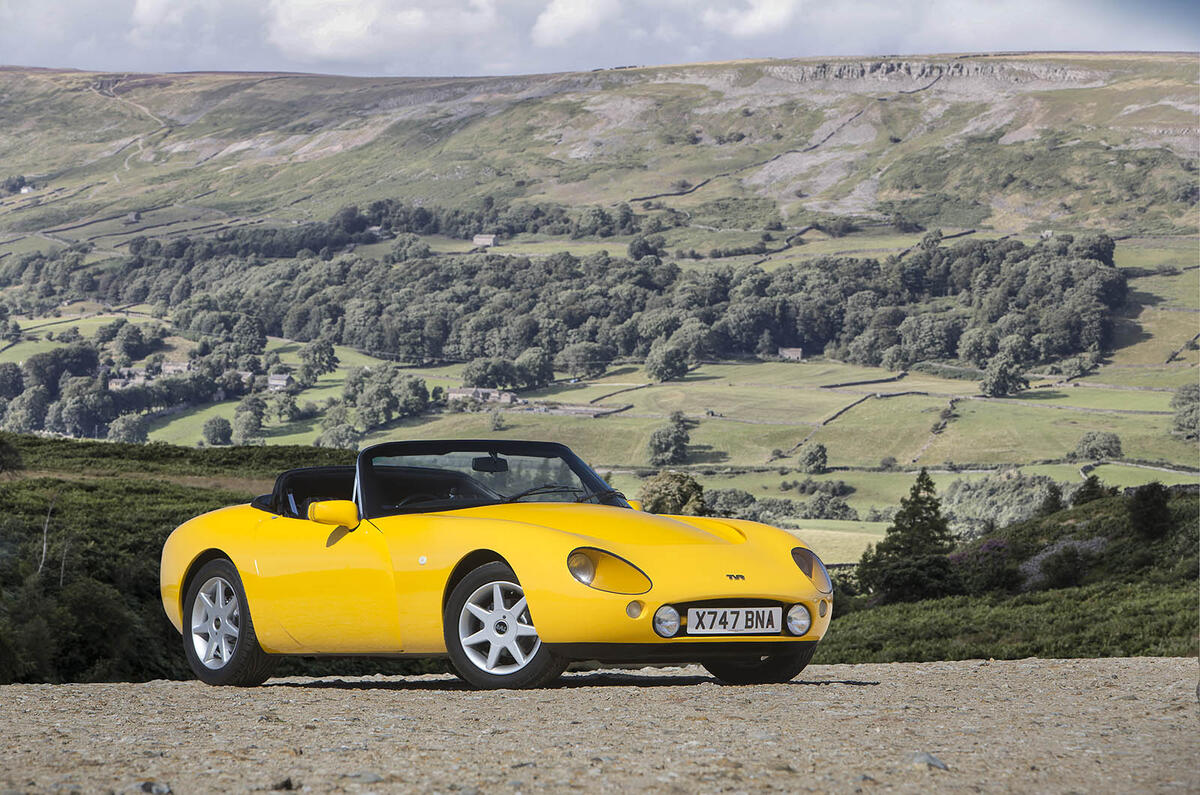
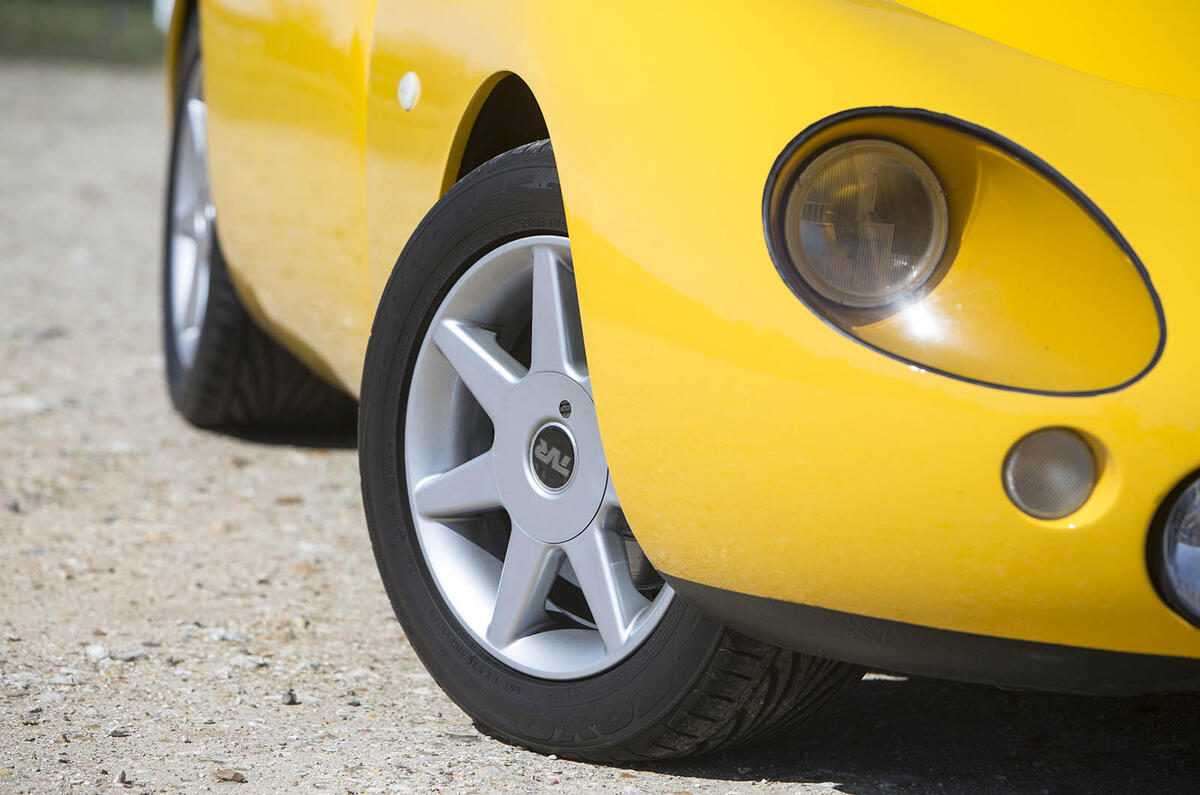
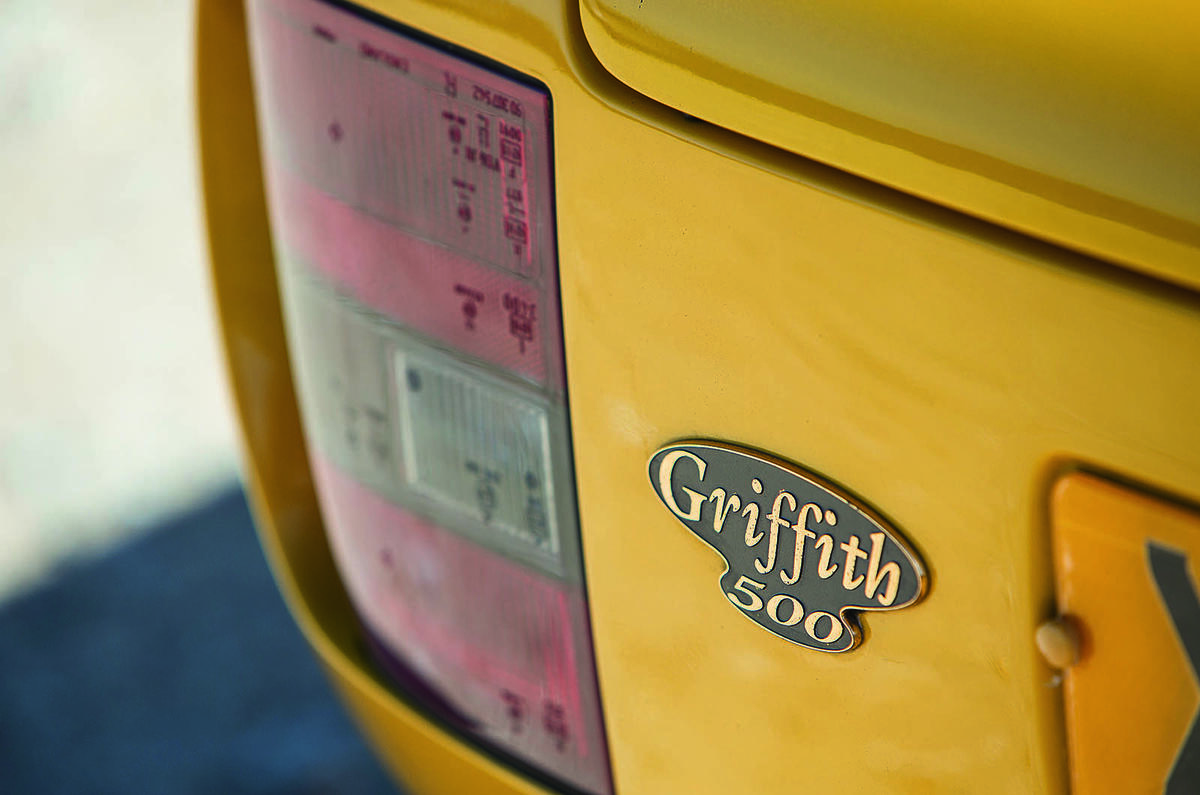
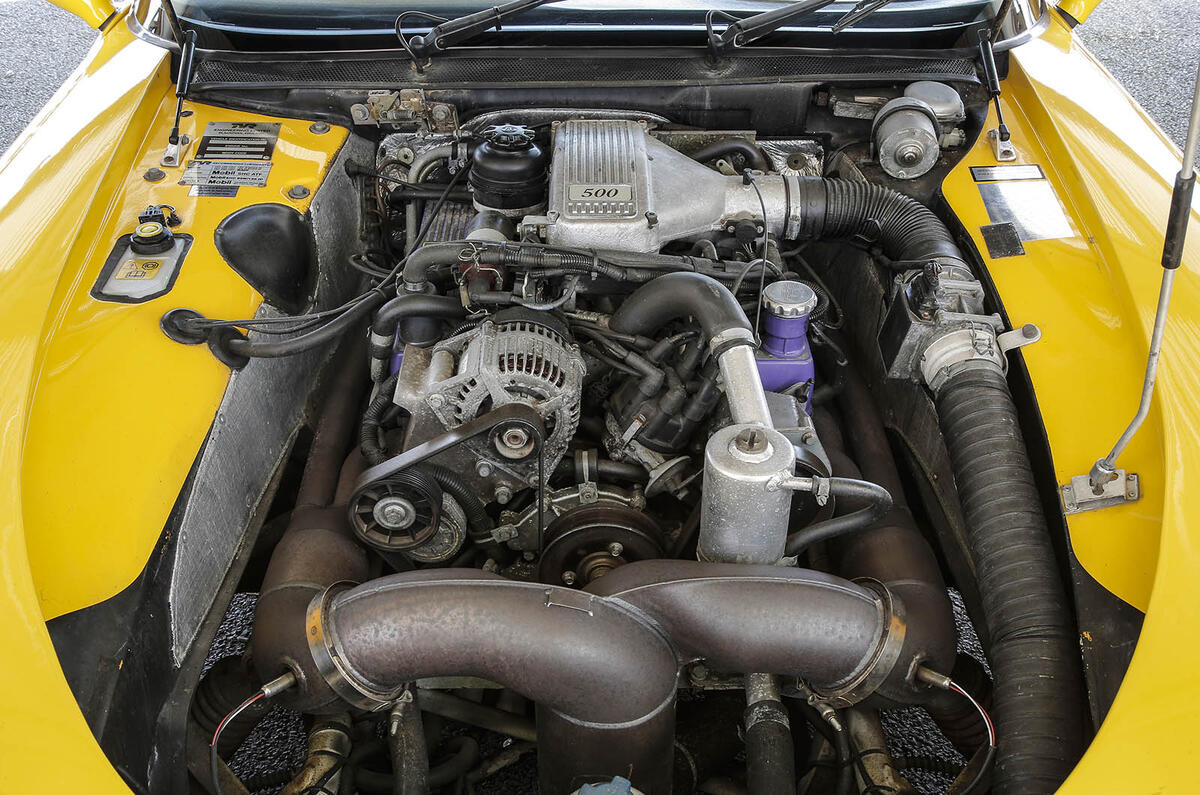
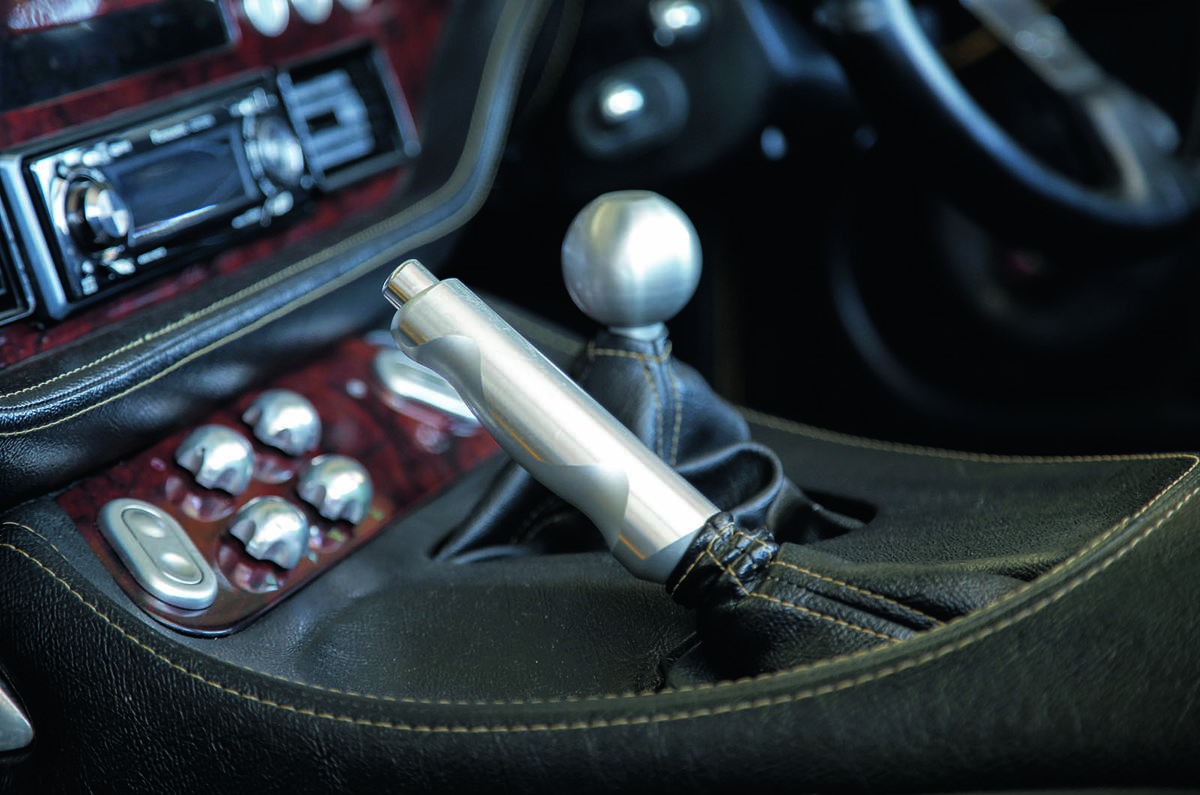
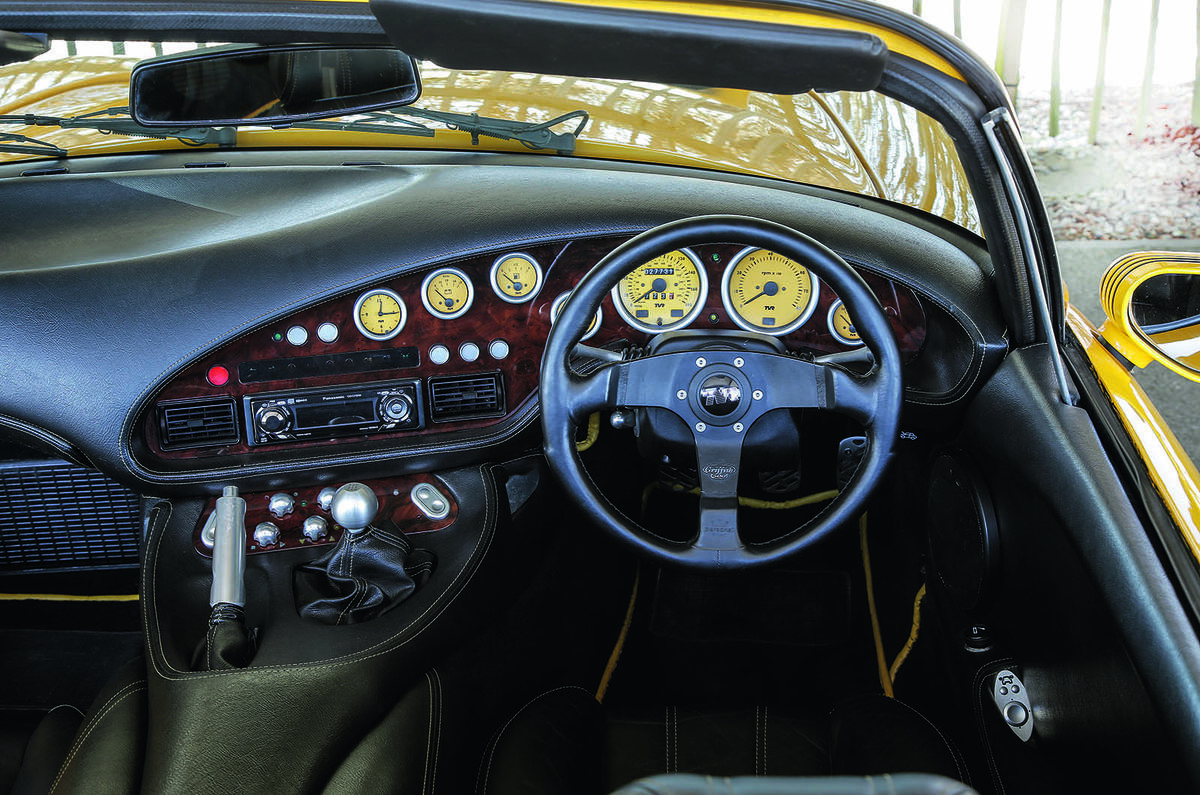
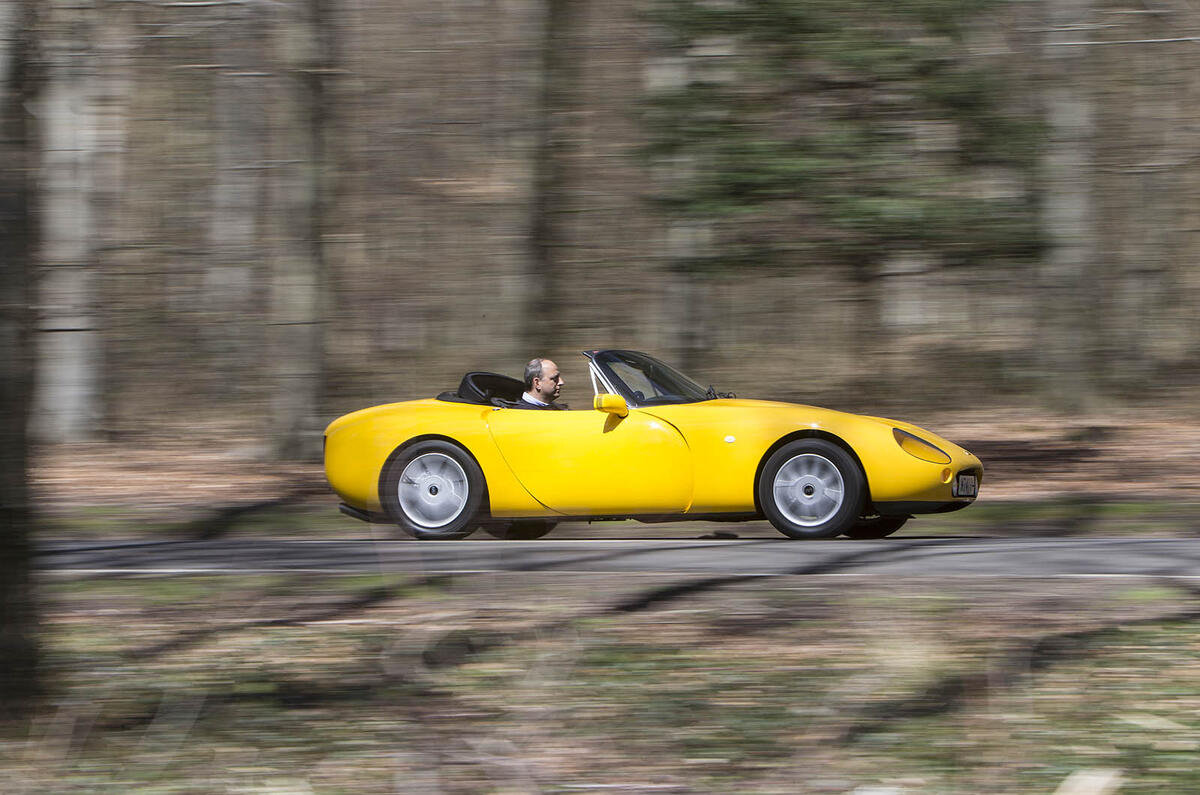
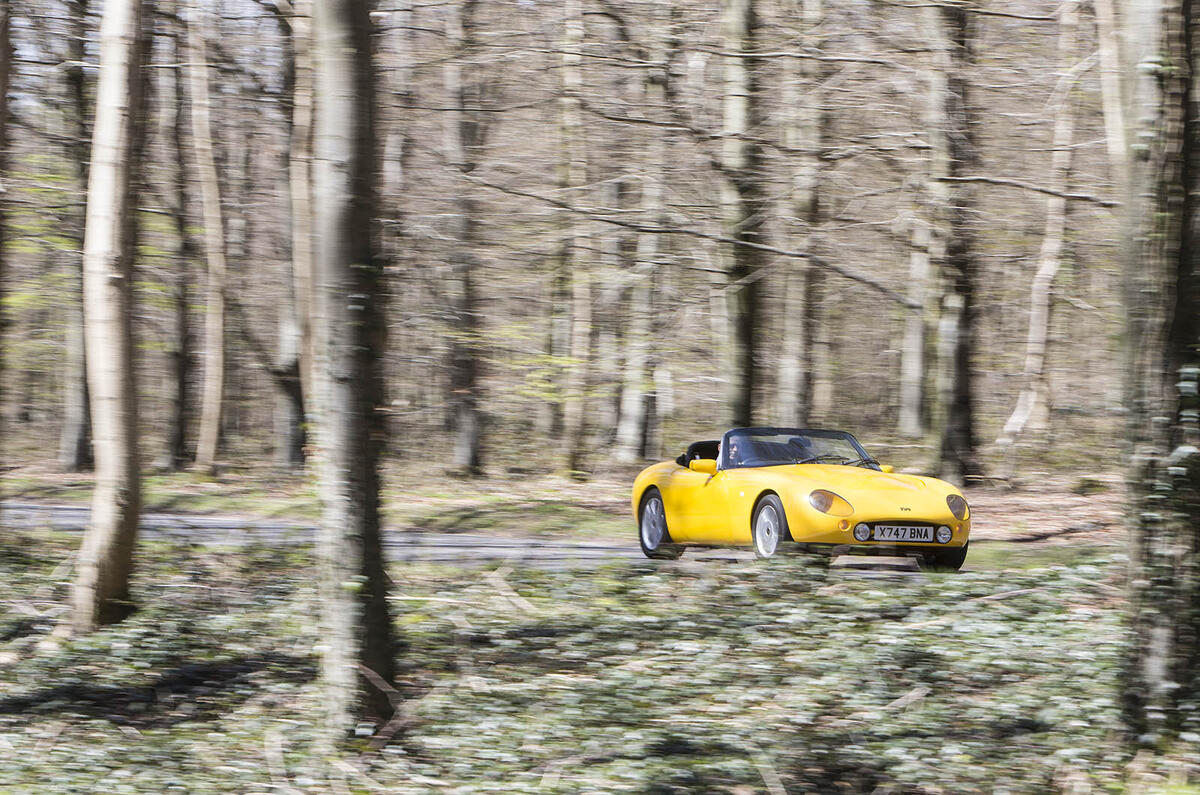
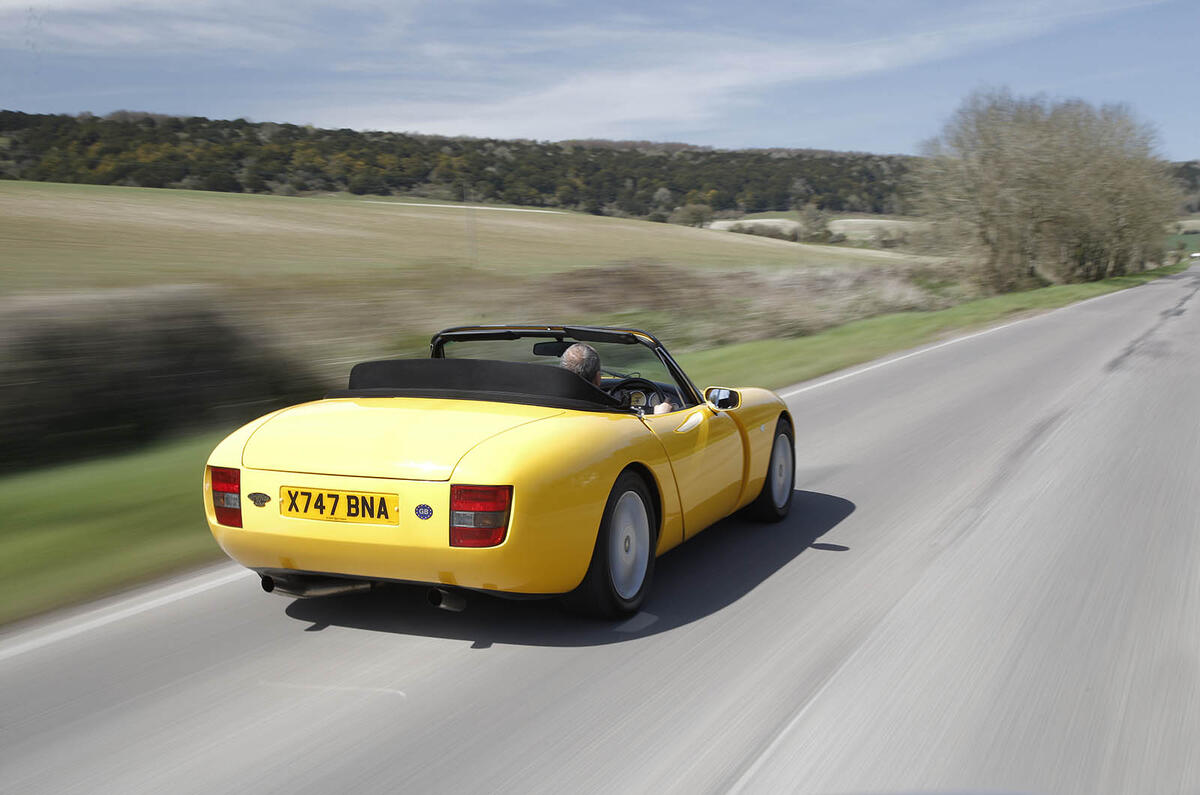
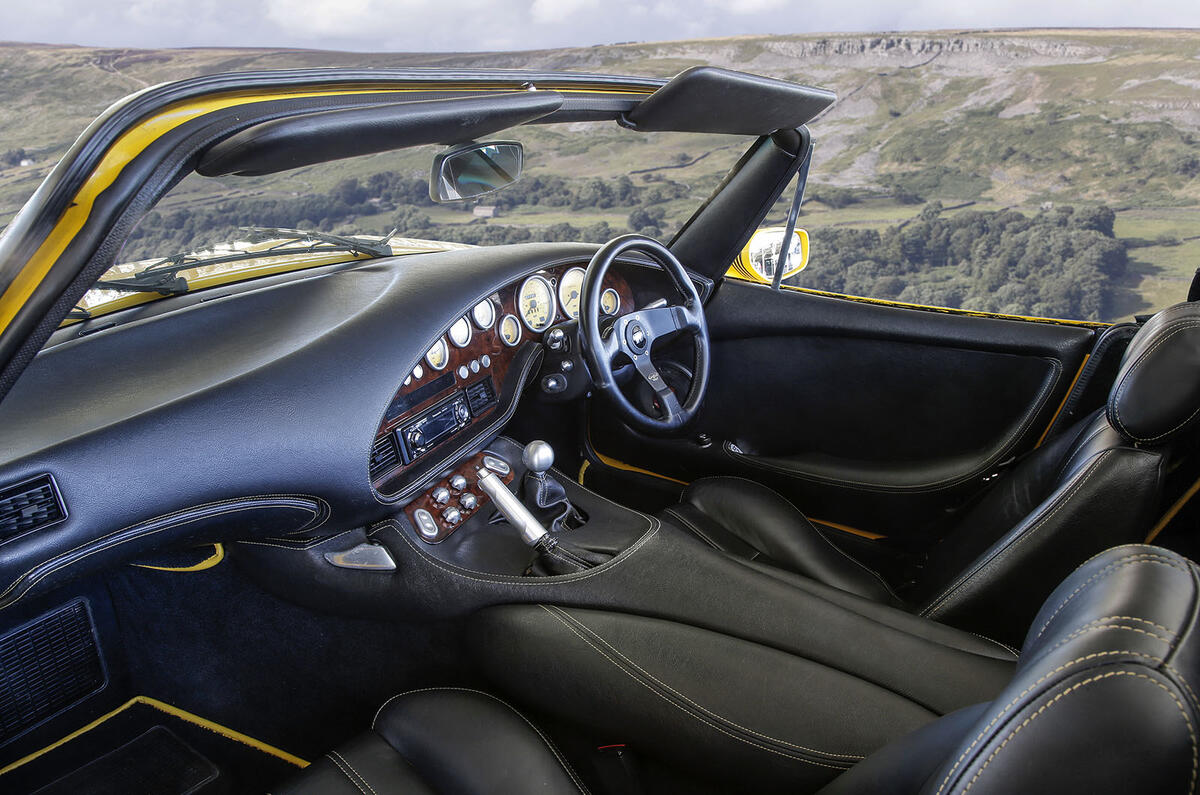
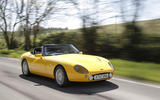
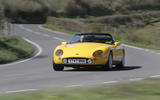
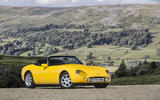
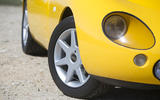
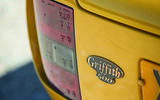
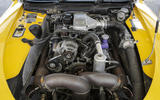
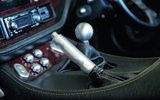

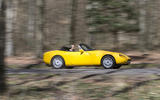

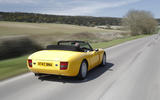
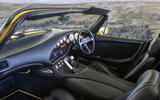





Join the debate
Add your comment
Simpler times
Rose tinted glasses on in spring 2020. Lovely shape still, will never age, the interior is glorious too. Little things like no rear number plate surround.
And that engine also, just a simple V8 lump woofling. It's been a lovely week in SE England, I would love to be on my own driving around the countryside in it.
A dark red one for me and the Lake District, like Peter Tomlinson drove all those years back when they first came out, I believe working for Performance Car. I loved reading about it then and all these years later what an epi retelling of Andrew's drive from 2017.
Thanks Autocar !
Some things in the past actually were better
@ bowersheepdog
I am absolutely with you on this bowers!
Yep, the Grif has still got it
The most beautiful affordable car I can think of from any generation. As a kid I remember daydreaming that as a grownup I'd drive one to the south of France. Reading this now, in this most peculiar of times, made me quite emotional.
@ Lessis More
Griff 500
I still fondly remember the trip to Zolder with the West Yorks TVR club, great fun despite the car using a litre of oil every 600 miles!!
Maybe I should have just put it in a garage & forgot about it for 20 years.It would have probably been a good investment.